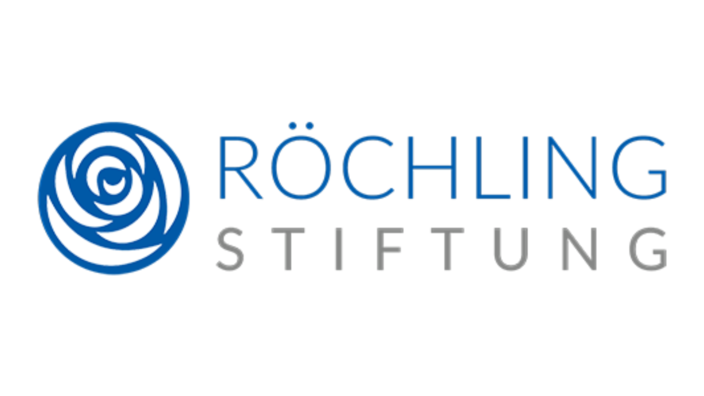Carbon Technology Research Foundation
The Carbon Technology Research Foundation (CTRF) aims to supercharge natural systems to remove greenhouse gases from the atmosphere at scale and to catalyse funding and research into these solutions. Established in 2020 and based in Oxford, CTRF provides philanthropic support to cutting-edge research and development, and it demonstrates the case for additional investment from other foundations, companies and governments.
Dave Hillyard
CEO
Rationale
The scale of greenhouse gases in the atmosphere has created the imperative to find cost-effective and scalable solutions for their removal. While scientific knowledge and awareness of potential solutions has increased along with public and political awareness of the problem, not nearly enough has been done to tackle the issue.
In the absence of scalable solutions to the challenge, natural processes that use the sun's energy to absorb carbon dioxide demonstrate effectiveness. Currently a quarter of global emissions are absorbed by forests and grasslands. Despite the proven potential of biotechnology in scaling natural processes, it is poorly understood and underfunded. More research is needed to realise the existing potential.
Application in Practice
CTRF started its work with an in-depth horizon scan and scoping study of published scientific research. As a result, CTRF was able to identify priority areas that are currently underfunded but have the potential to make a significant positive impact on our collective climate outcomes.
Three projects have been selected for a first round of support in 2023 after a robust peer reviewed process. Each was chosen due to the depth of experience of the core research team, the novel scientific approach and the significant potential for future scaling.
The first project aims to scale nature’s solution to methane uptake through ‘methane eating’ bacteria. A second project focuses on engineering the ability of plants to hoover CO2 from the atmosphere. The third project to receive support is designing crops to sequester more CO2 and store it more durably in the soil.
Expected Results
Achieving proof of concept is vital to rolling out scalable solutions and the supported projects have been selected based in part on their potential to upscale.
Funding for research and development is tiny compared to the scale of the problem. CTRF aims to attract more funding into this space, recognising the vast potential hidden in labs that could provide the gateway to game-changing solutions.
The goal is to scale up to 30-40 research projects with a diverse portfolio, but this requires collaborative efforts. CTRF is mobilising organisations and individuals who care about the planet to support the best and brightest minds around the world to light the spark of ideas that will transform our world.
Lessons learned
What has worked well?
- Adopting a research-centred approach: An in-depth and interdisciplinary exploration of biological mechanisms, along with efforts to advance them technologically, has paved the way for innovative thinking.
- Looking beyond national borders: Extending reach internationally to find the best collaborative teams has been successful in identifying novel ideas and research.
- Diversify R&D for breakthroughs: We don’t yet have the solutions to solve the greenhouse gas removal challenge, but with the right level of funding and diverse mix of research and development, we can make essential progress. This brave strategy allows for essential strides to tackle this global threat to humanity.
What are opportunities for new funders?
- Joining forces: Currently, there is a surplus of research projects ready to be funded, surpassing the capacity for support. So, new funding is urgently needed. To discover new solutions, funders need to encourage collaborations between researchers of different disciplines. What is more, connecting researchers to the right partners and expertise in the private sector will be essential for translating ideas into scalable implementation.




